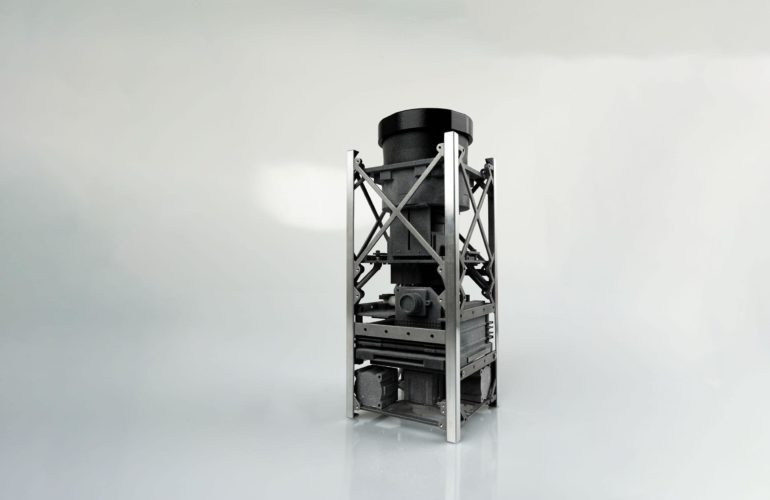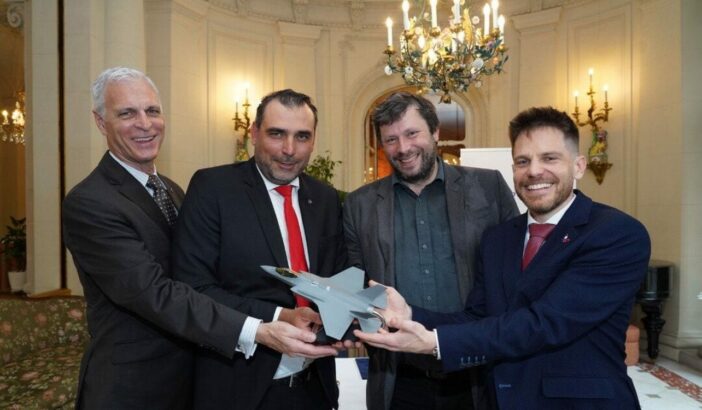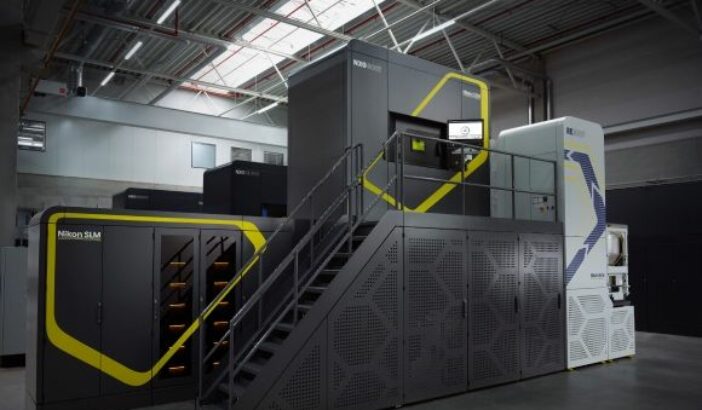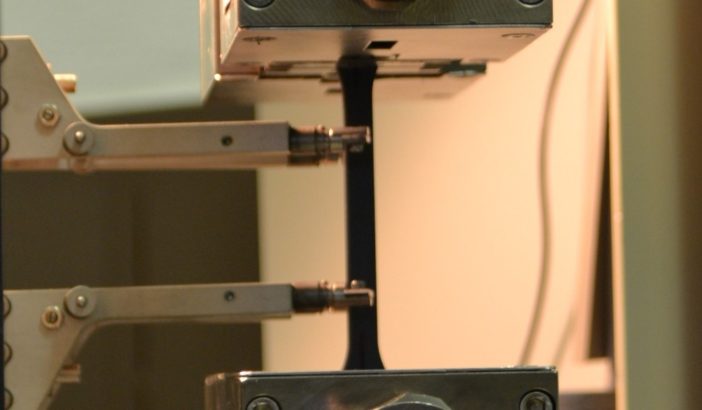In collaboration with CEITEC and industrial partner, we have developed a lightweight 2U frame
for micro satellites on the CubeSat platform. Using advanced technologies
and materials, we customized the frame for the specific internal equipment
of the satellite.
At the same time, we have reduced its weight while maintaining the strength
and durability needed for space missions..
CubeSats are nano/micro satellites – very small satellites whose basic building block
(= unit unit – U) is a cube volume with uniform dimensions of 100 x 100 x 113.5 mm.
To give you an idea – the side length of one building unit is smaller than your smartphone!
Depending on the needs and dimensions of the satellite equipment, several U-units can be assembled together according to clearly predefined final shapes. Due to their popularity, CubeSats with dimensions up to 27U (340 x 350 x 360 mm, 54 Kg) are starting to appear.
CubeSat frame sizes overview
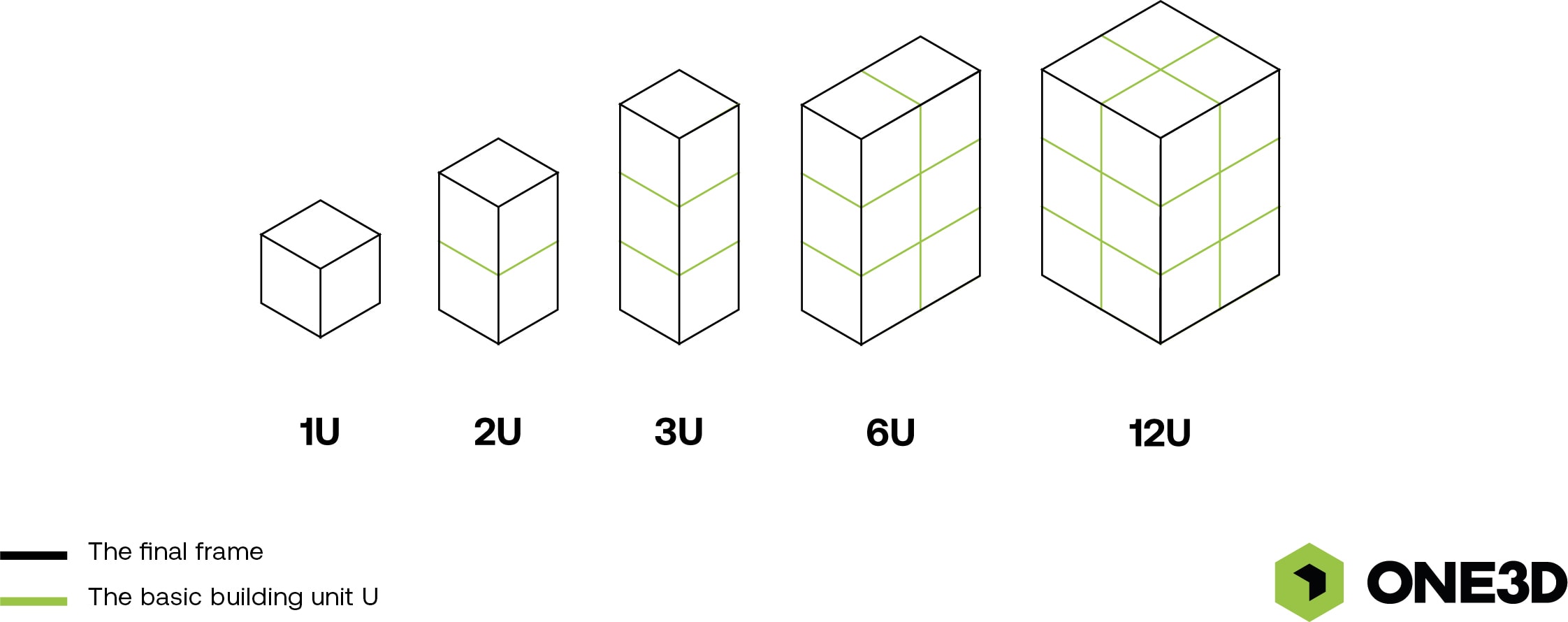
Compared to conventional satellites, CubeSats represent a different approach to space research and exploration. While CubeSats are characterised by their compact size, modularity and affordability, conventional satellites offer larger size, specialisation
and broader research capabilities.
| CubeSat | “Standard” satellite | |
| Dimensions and weight | Max 340 x 350 x 360 mm; 54 Kg | More than a few meters; hundreds to thousands of kilograms |
| Focus/specialisation | Narrowly focused | Broadly focused |
| Development speed | Within 2 years | 5-15 years as standard |
| Cost | Less than 500 000 EUR | 100-300 million EUR |
| Launch into space | More CubeSats from the rocket or ISS | Launching the satellite itself from the rocket |
| Standard service life | 2-4 years | Up to 25 years |
| Standard equipment | An antenna and radio communication system that transmits and receives information to and from the Earth | |
| Power source – solar panel or battery | ||
| A microcomputer that executes instructions to ensure the proper functioning of the satellite | ||
Self-supporting construction and very lightweight frame
Our industrial partner is a Czech integrator of small satellites. It was involved in the development
of our frame, which has precise requirements for the satellite equipment.
Due to the size of the electronics, a standard 2U platform size is encouraged – a design consisting of two cells with overall dimensions of 100 x 100 x 227 mm.
The boundary conditions, meaning the actual load on the satellite during launch, are defined by the flight provider. No other mechanical loads are considered apart from the launch,
because in orbit around the earth, gravity is significantly lower.
On the contrary, parameters such as significant temperature variations or radiation loads
are added, which is shielded on Earth by the magnetic field, the atmosphere and the ozone layer.
The most significant load on our satellite:
– 18 G acceleration in all six directions
– payload (satellite equipment with a total mass of 2 Kg, marked in green)
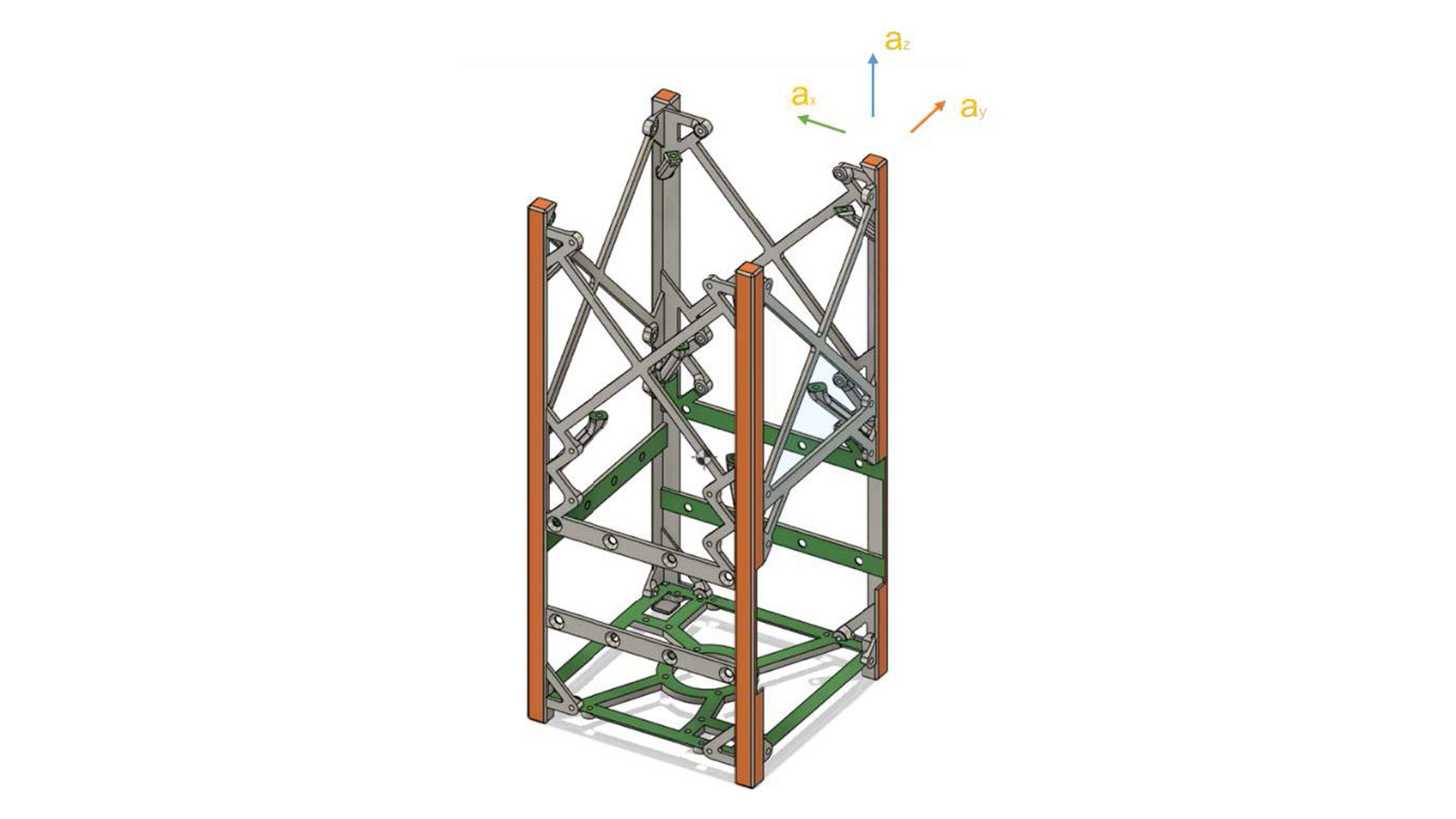
The standard solution is based on a unified system of clamping the electronics
to the satellite frame. This leads to a not very efficient use of space, complications
with the clamping of the electronics, and with it a higher weight.
According to the expected load and the shape of the equipment used, we performed a topological optimization on the frame. We created a model that adhered
to the requirements of the equipment used and its efficient clamping.
At the same time, we were able to reduce the weight of the primary and secondary structure.
The primary structure represents the basic body of the satellite frame. The secondary structure is used to hold the individual components and is normally made up of additional machined frames etc. Thanks to the additive design, we were able to combine both structures into one part with a significant weight saving.
Due to the topological optimization, the design of each frame is unique for the specific equipment.
Every gram counts
The frame with both structures of the commercial 2U CubeSat weighs 198 grams.
We have reduced the overall weight of our frame, including primary and secondary structure to 146 grams.
The weight savings in this case is 26%.
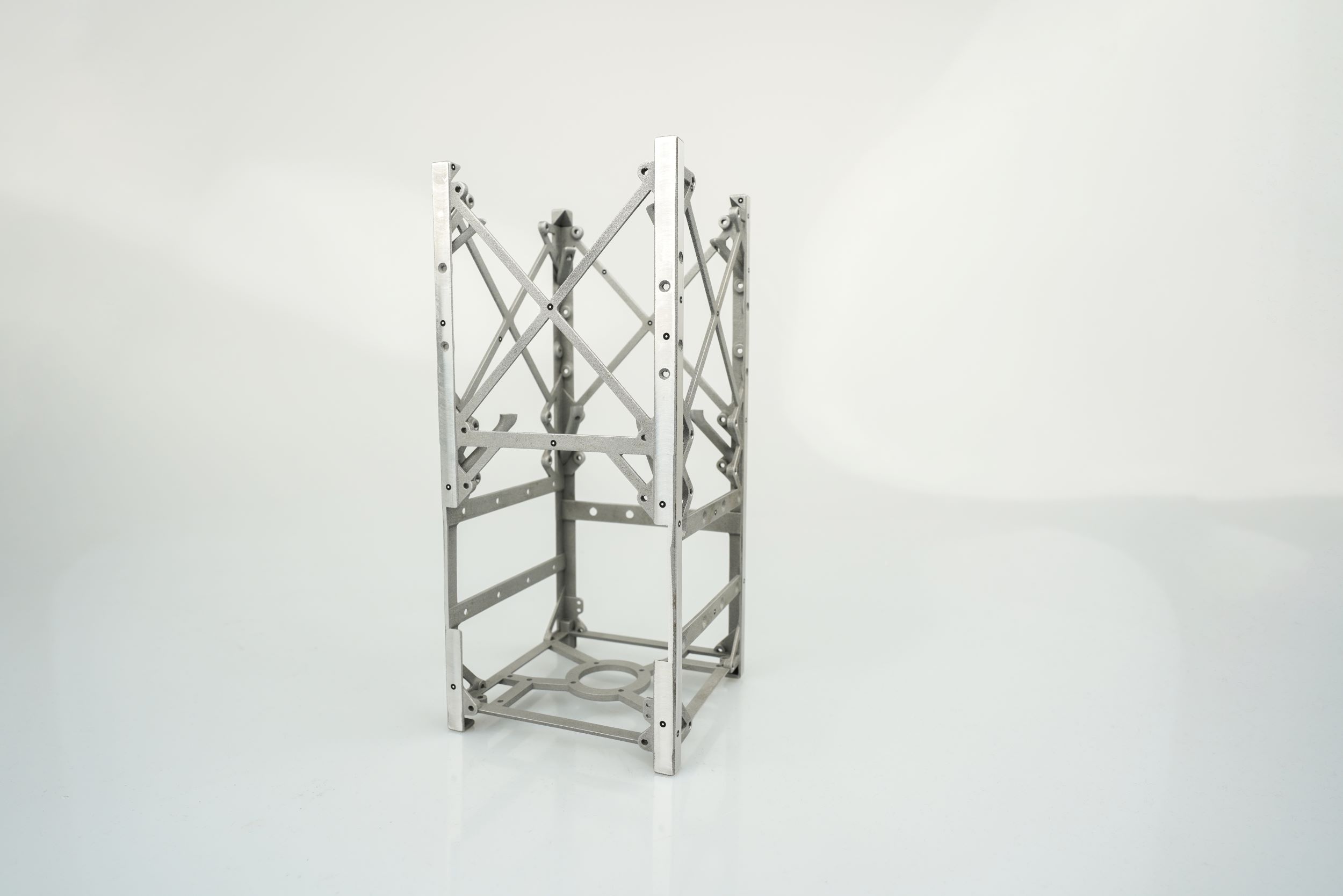
The development and optimization of our own frame for CubeSat was not only a technological achievement, but also a testament to our ability to adapt and innovate
in the face of space challenges. With a focus on functionality and strength, we conducted thorough tests and modifications to achieve the optimal topology, which was key
to reducing the weight of the frame and fully adapting it to the equipment used.
We are ready to expand our services and offer our customers the production of customized CubeSat frames, and possibly other components for space applications.
ONE3D


